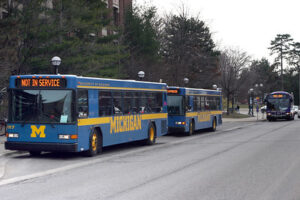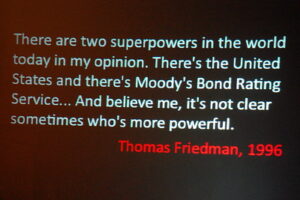Yesterday, I wrote about student loan interest rates and their scheduled rise. Since early in the pandemic, the federal government has hit the pause button on student loan repayments. They will resume September 1, 2022.
The government has extended the forbearance period six times to date, which saves the borrowers about $122/month on average. As part of the deal, student loans were assigned a 0% interest rate, and the government is not currently collecting student loan repayments. That means student loan debts have not been quietly accumulating additional interest during the pandemic. Uncle Sam is also not collecting delinquent student loan debt now.
Turning student loan repayments back on after a 2.5 year break will not be easy. (Slightly more than 1% of borrowers continued to pay their student loans during the forbearance period.) While the average borrower saves just $122 per month, millions of borrowers have significant student loan balances. Restarting the program at a time when the inflation rate is taking a chunk out of worker paychecks is more than just another nuisance. The forbearance is helping families offset the rising cost of food, gasoline, and variable interest rates.
When student loan repayments return, new loans will receive a new interest rate of 5%. That is unfortunate because student loan borrowing has the biggest impact on women and minorities. According to research by the American Association of University Women, female borrowers take about two years longer to repay student loan debt than male borrowers do. In part, that’s because women borrow more than men do. It is also because women tend to earn less once in the workforce.
Black women borrow the most. Typically, they borrow about $6,000 more than White women, $10,000 more than Hispanic women and $12,000 more than Asian women. They also take the longest to repay.
Student loan repayments could lower living standards
Rising interest rates on student loans could mean a lower standard of living for a decade or more until the student loan repayments are complete. For single mothers, or women with young children, having to recommit hundreds of dollars per month to student loan repayments will be tough,
These are the students who will be most hurt by WCC’s newly instituted “infrastructure fee.” (And again next year, when the administration asks the Trustees to crank up the fees for the second time.)
It is especially maddening when state law provides a mechanism to seek tax support from the district residents for capital projects. Certain trustees prefer to foist the cost of campus construction onto the students to control their own tax bills. Rather than supporting community investment, they are stifling it, while reducing the value of a community college degree.
It is time for new Trustees.
Photo Credit: Thomas Hawk , via Flickr


























